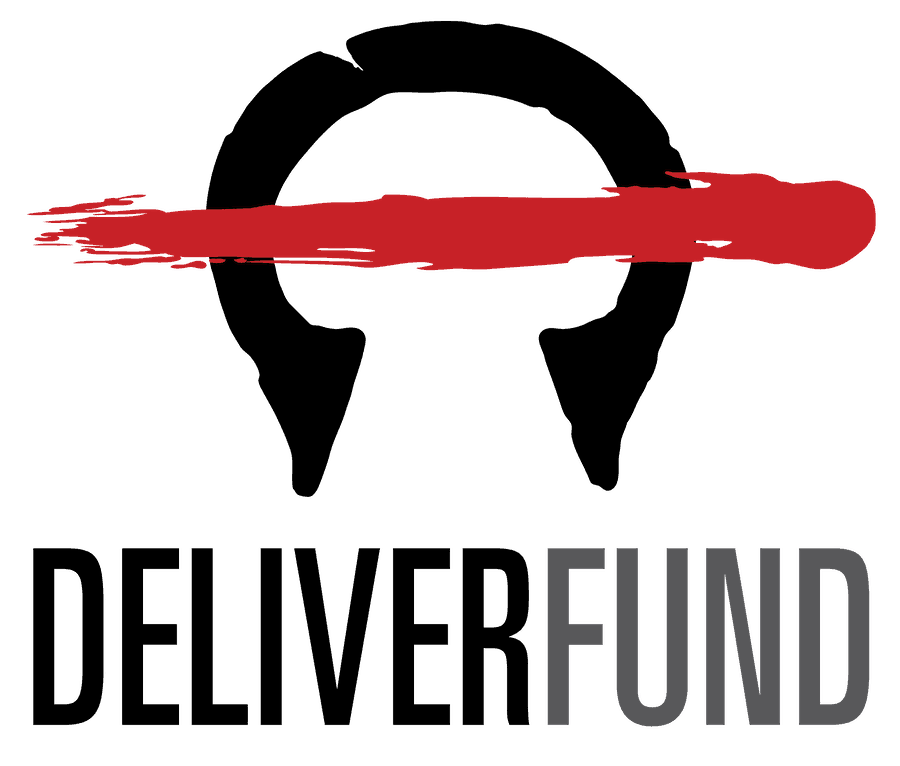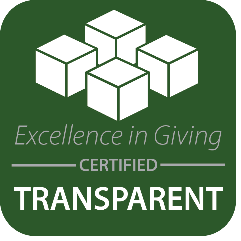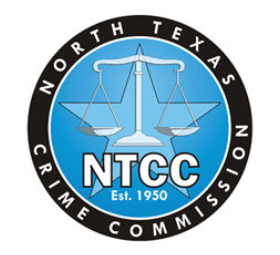You may think slavery is a thing of history books, but it still exists and is very real. According to the US State Department, there are approximately 24.9 million human trafficking victims all around the world today.
In the US alone, between 100,000 and 150,000 people are held as commercial slaves. These figures are alarming, so we as a community need to step up for human trafficking advocacy.
Human trafficking is so pervasive that most people don’t even notice that it exists. Under the definition of labor trafficking, modern-day slaves are working at kitchens, hotels, shops, gas stations, and many other places, for little to no wages at all.
Victims often don’t call for help, as they are trapped under terrible physical, psychological, and economic conditions and have no freedom to leave for a better job. Human traffickers make their victims believe they have no other option but to obey, as they often threaten to hurt them or their loved ones.
What is Human Trafficking?
Human trafficking involves the act of recruiting, kidnapping, and transporting a person under coercion, fraud, the use of force, or some kind of lie. The most common forms of modern slavery are forced labor and sexual exploitation.
However, other forms of exploitation are usually under-reported, such as domestic servitude, forced marriage, begging, organ removal, sex trade, and warfare.
Human Trafficking in the United States
Human trafficking in America is an ongoing problem. States such as Texas, Florida, California, and New York have the highest rates of trafficking.
It is not only a domestic problem but a global one, as victims are usually trafficked from one country to another. Victims can be of any gender and age, though in the USA 50% of the victims are children and 96% of the remaining half are female.
Women and children are mostly forced into the sex industry as sex workers. Also, children are exploited for child pornography, child labor, and forced begging. As they have smaller bodies and hands, they are often used as forced labor in the fields or on ships.
Responding to Human Trafficking
The US government has developed a three P’s policy against human trafficking: prevent, protect, and prosecute. The aim is to prevent trafficking altogether, protect the victims, and prosecute the traffickers under the law.
Fortunately, the number of convictions for slavery has increased, and so has awareness on the matter. However, there is so little legislation against human trafficking in other countries that traffickers just escape and get away with their crimes.
Besides, traffickers are part of larger webs, and once one of them is prosecuted, the others may threaten the victim not to speak. There are countless cases in which the victim retracted from his or her original statement for fear of their traffickers.
Preventing human trafficking is one of the most important actions against it. Human trafficking advocacy, like DeliverFund, work directly with law enforcement and offer support at no cost to go after human traffickers and rescue victims.
A21, on the other hand, helps victims by providing economic help to increase their livelihoods, education, emergency response, shelter, and to cover their basic human needs.
When people don’t have their basic needs covered or they see their livelihood is at risk, they may end up caught in a human trafficking trap, so we need to help them have better lives.
National Human Trafficking Referral Directory
The US Department of Health and Human Services has a Human Trafficking Hotline that victims can dial to ask for help. Also, they offer plenty of resources on how to identify a person who is being held against their will and all of the signs of human trafficking.
Human Trafficking Happens Domestically, Not Just Abroad or Across Borders
Most Americans don’t know that human trafficking happens in the US as much as it happens abroad.
Human trafficking hotspots include New York, Texas, Florida, and California, with New York City and Queens being the most active trafficking areas. Here are some facts about human trafficking in America:
- Human trafficking wasn’t made illegal until the year 2000.
- Children raised in foster care are more likely to become victims. In 2017, 14% of the children reported missing by the FBI were likely victims of sex trafficking.
- According to a 2014 study by the Urban Institute, 71% of victims entered the country legally.
- The Mexican state Tlaxcala is the biggest source of slaves for the USA.
- Native American women are among the most endangered ones. In Phoenix alone, 40% of the 2015 sex trafficking victims were Native American.
- Migrants often become trafficking victims as they wish to acquire legal status by employment, so they often work in tobacco plantations, cattle and dairy farms, and fruit orchards.
- The Obama administration funded 45 victim service providers, whereas the Trump administration defunded them in 2020.
Opportunities to Talk About Human Trafficking with Children and Adolescents
Human trafficking may be a sensitive matter to discuss with children and adolescents as it can be a frightening one.
However, recent data from the National Human Trafficking Hotline suggests that most victims are young, so there is a need to educate them on this matter.
Those who are most at risk include children of low economic income, single-parent homes, foster homes, or those who do not attend school.
Educators and parents should talk to children about the risk of human trafficking so that they don’t fall prey to traffickers who mostly attract them through social media and the Internet with promises of jobs, making money, or becoming famous. Some children are even threatened by strangers and coerced to do things against their will.
Educators should direct their students to appropriate resources such as counseling services or a local organization that can help them understand the matter of human trafficking.
Besides giving students information, they should look for any suspicious behavior or attitudes as a child may be a victim.









